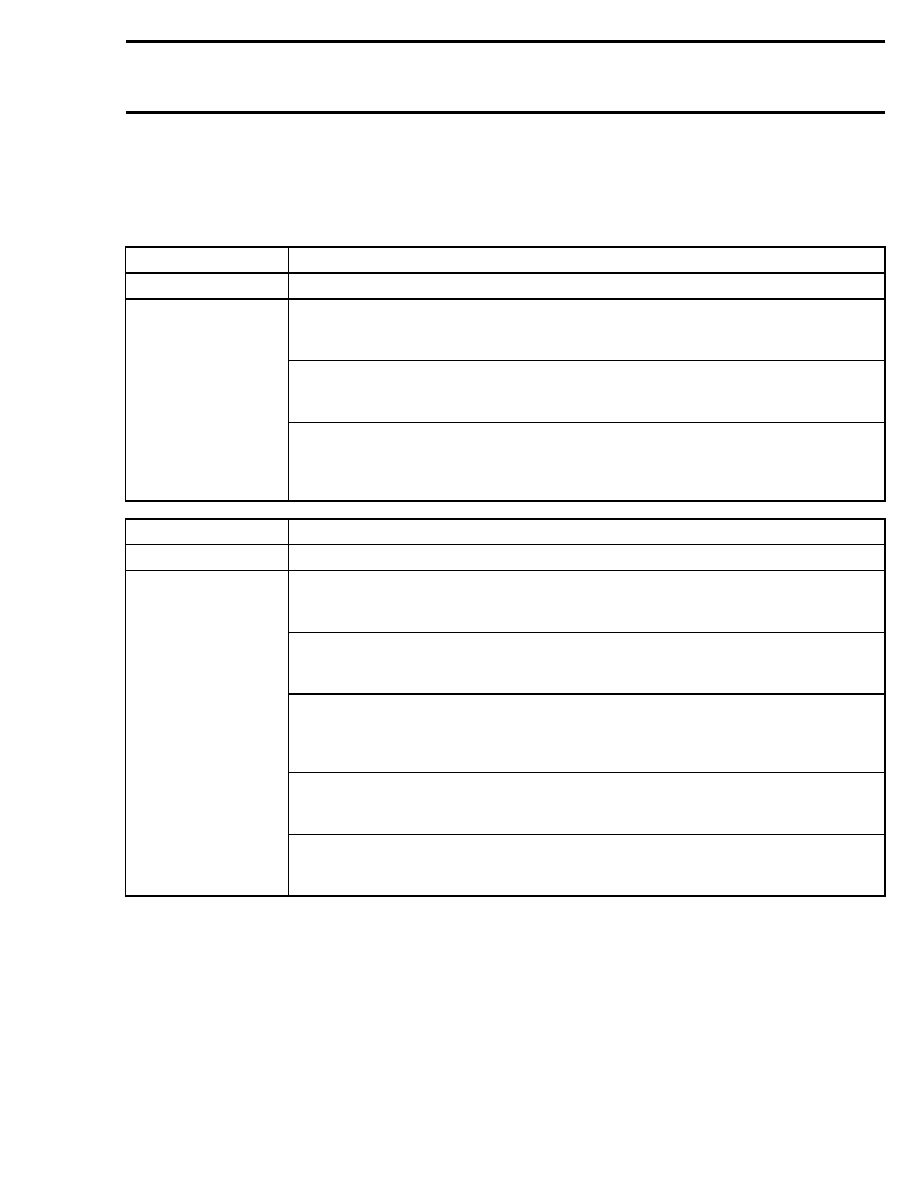Snowmobile Ski Doo REV SERIES (2006 year). Instruction - part 14

Section 02 TROUBLESHOOTING
Subsection 05 (STEERING AND SUSPENSION)
STEERING AND SUSPENSION
The following chart is provided to help diagnose the probable source of troubles. It should be used as a
guideline. Some causes or corrections may not apply to a specific model.
SYMPTOM
SUSPENSION IS TOO LOW.
CONDITION
NORMAL USE
1. Check condition of springs.
a. Springs are weakened or broken.
Replace springs.
2. Check springs preload.
a. Low spring preload.
Increase preload to the recommended position.
TEST/INSPECTION
3. Check springs.
a. Installed springs are too soft.
Install optional stiffer springs, refer to service bulletin SPRING REFERENCE ACCORDING
TO LOAD.
SYMPTOM
REAR SUSPENSION BOTTOMS OUT.
CONDITION
NORMAL USE
1. Check condition of springs.
a. Springs are weakened or broken.
Replace springs.
2. Check springs preload.
a. Low spring preload.
Increase preload to the recommended position.
3. Check springs.
a. Springs installed are too soft.
Install optional stiffer springs, refer to service bulletin SPRING REFERENCE ACCORDING
TO LOAD.
4. Check the rear shock motion ratio position.
a. It is adjusted in soft position.
Adjust rear shock motion ratio to firm position.
TEST/INSPECTION
5. Check condition of the rear shock absorber.
a. Damaged rear shock absorber.
Replace rear shock absorber.
mmr2005-067
43